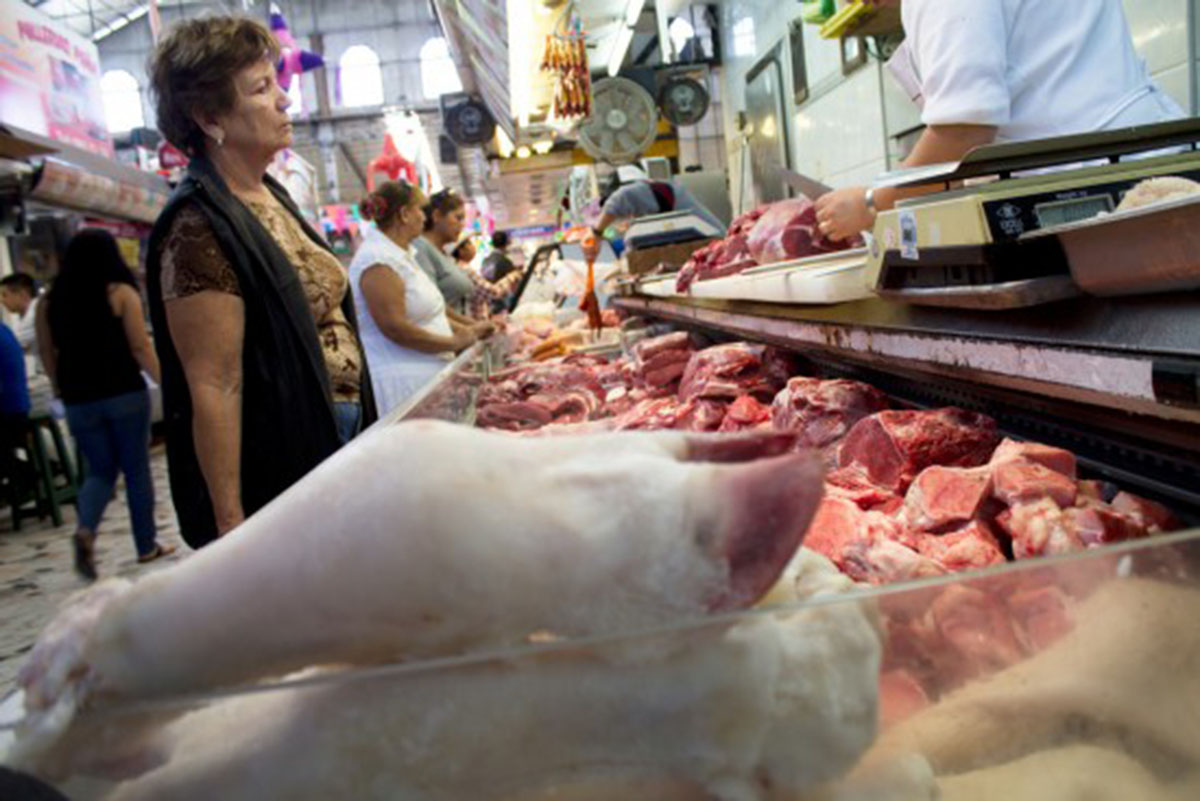Table of Contents
The other problem with meat is toxic fat. Oddly enough, the fats in meat that are most likely to become toxic are precisely the same fats that nutritionists have been telling us were good for us, the omega-6 essential fatty acids and the omega-3 essential fatty acids.

Just because a fatty acid is "essential" doesn't mean that consuming more and more of it is good. The omega-6's and omega-3's are a kind of fat that is classified as polyunsaturated. That means that it can react with oxygen.
We need just 0.6 grams (about one-eighth of a teaspoon) of omega-6 fat every day if we get enough omega-3 fat, about 2 grams (one-half a teaspoon a day).
Most Americans get 20 grams of omega-6 fat every day, but less than 1 gram of omega-3. This means our bodies pump out the hormones that the immune system uses to generate inflammation to fight infection, but they don't make the hormones that turn the process off. Americans get omega-6 fat from soybean oil in all kinds of packaged snacks and pastries, and if you are on a paleo diet, you know not to eat those foods. But you may not be aware that you also get omega-6 fat from meat, and that unneeded omega-6 fat can cause a variety of problems.
When we consume too much omega-6 fat:
- We gain weight out of proportion to calorie consumption.
- We raise our cholesterol levels, as the body converts the omega-6 fat it can't use into cholesterol.
- We increase the likelihood that our bodies will convert cholesterol into the form that causes plaques.
- We become more prone to conditions of chronic inflammation, such as allergies, runny noses, and skin allergies when we are younger, and Alzheimer's disease, cancer, Lyme disease, multiple sclerosis, and Parkinson's disease when we are older.
So it's a good idea to consume meats that aren't especially high in omega-6 fat. Those happen to be, oddly enough, beef and lamb. Chicken and "the other white meat" pork contain less fat, but they contain more omega-6 fat.
Other protein foods that are especially high in omega-6 fat include (in descending order of percentage omega-6 fat) shrimp, dark meat chicken, light meat chicken, skinless chicken breasts, ham, roasted duck, and tilapia.
Read More: The Truth About Paleo Diets
Protein foods that are relatively low in omega-6 fat include(again, in descending order of percentage of omega-6 fat)
- Institutes of Medicine. Dietary reference intakes for energy, carbohydrate, fiber, fat, fatty acids, cholesterol, protein, and amino acids. Washington, DC: National Academics Press, 2002.
- Micha R, Michas G, Lajous M, Mozaffarian D. Processing of meats and cardiovascular risk: time to focus on preservatives. BMC Med. 2013 May 23. 11:136. doi: 10.1186/1741-7015-11-136. PMID: 23701737.
- Photo courtesy of Michael Newton by Flickr : www.flickr.com/photos/newton/935117642/
- Photo courtesy of Sonya by Flickr : www.flickr.com/photos/sonya/6941711637/


Your thoughts on this